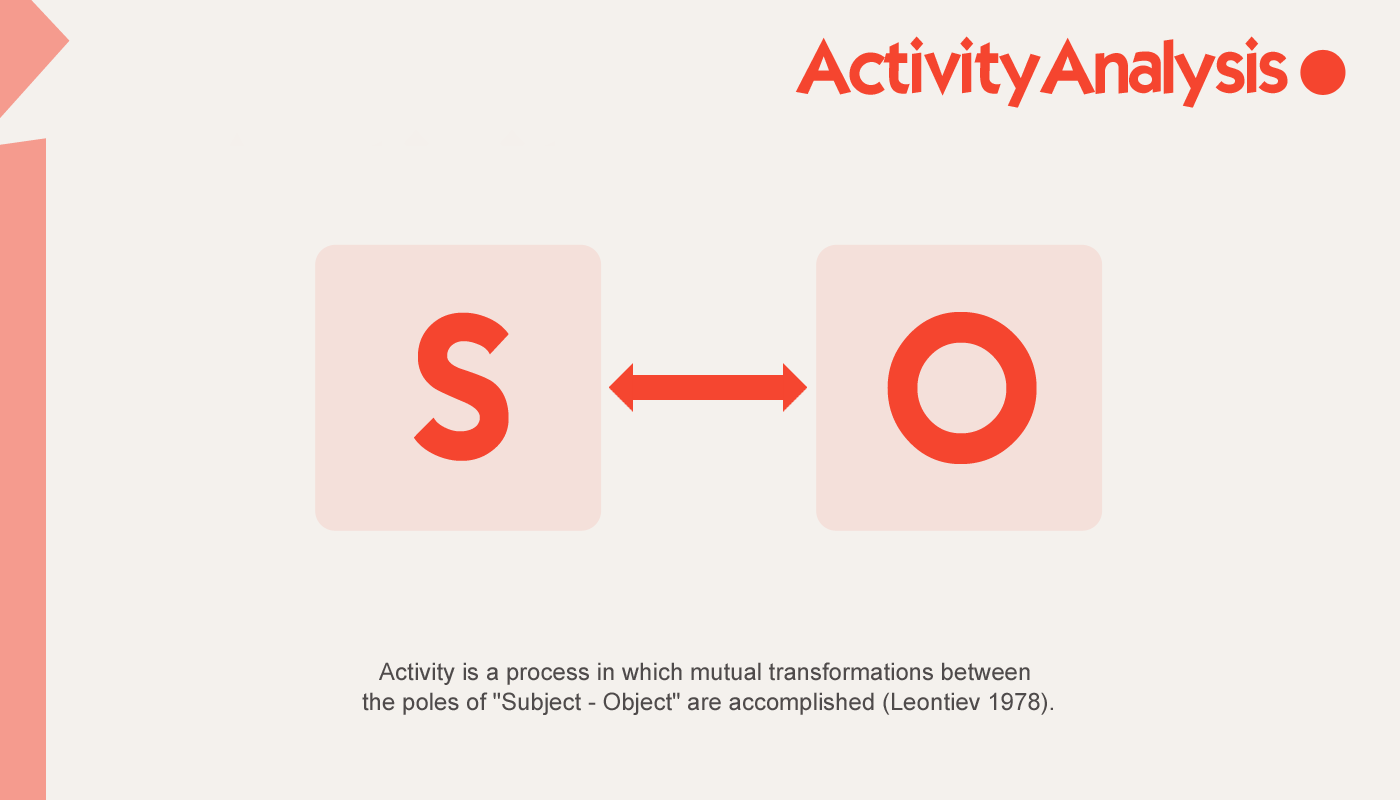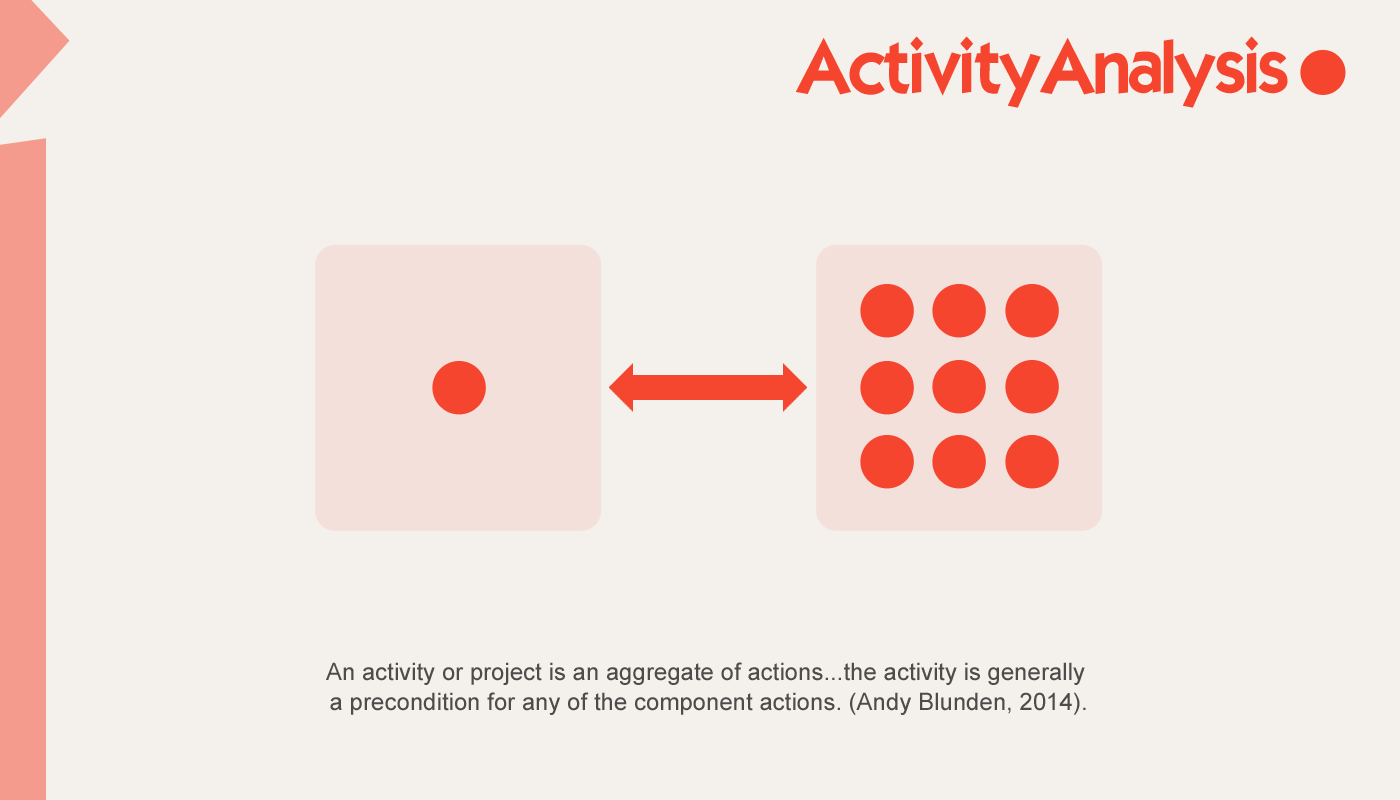The Concept of Activity [Activity Theory]
![The Concept of Activity [Activity Theory]](/content/images/size/w960/2021/10/activity-u.png)
What's Activity?
Activity Theory or the “Cultural-historical activity theory (CHAT)” is an interdisciplinary philosophical framework for studying both individual and social aspects of human behavior. From the perspective of Activity Theory, human activity or ‘what people do’ represents the basic unit of analysis when studying human behavior. The most important aspect of Activity Theory is understanding both individual and collective aspects of human practices from a cultural and historical perspective.
According to Victor Kaptelinin and Bonnie A. Nardi, the founder of Activity Theory has considered Life as the name of his theory.
Leontiev’s ambition was to translate this general statement into a concrete description of how the first phenomena that can be called “psyche” emerged in history, and how they developed into the current variety of mental phenomena.To accomplish this goal Leontiev needed a special kind of analytical tool, a concept more general than psyche, that would make it possible to define the context in which the psyche emerges and develops.An obvious candidate for such a concept is “Life”, since ultimately this is what undergoes evolutionary change. However, this concept is too general and too vague. “Activity,” as we will see below, was chosen by Leontiev as a concept that can provide a more concrete insight into what “Life” is. (Acting with Technology: Activity Theory and Interaction Design, p.51–52)
Activity theorists to understand the concept of Activity as purposeful, mediated, and transformative interaction between human beings and the world.
Subject and Object
The concept refers to a special type of relationship between the subject and the object; it is characterized by two distinctive features:
a) subjects of activities have needs, which should be met through subjects' interaction with the world, and
b) activities and the entities they are relating (i.e., subjects and object) mutually determine one another.
More generally, activities are generative forces that transform both subjects and objects.

Since the Activity is a bridge between Subject and Object, all activities are influenced by the attributes of subjects and objects.
Individual and Collective
The mutual relationship between Subject and Object is suitable for actions. Why do we need the concept of Activity? Can we only use Actions?
The major difference between Activity Theory and Contemporary Interactionist Theories is their different understanding of the relation between individual actions and collective activities.

According to Andy Blunden, "In Activity Theory there is nothing in an activity other than human actions, and this is a thesis with which contemporary interactionist theories would be in agreement, eschewing resource to biological determinism, religious or structural fatalism or any other force outside of human action as determinants of human life." However, Blunden emphasizes:
But because there is nothing other than human actions to be found in an activity this does not mean that an activity is simply the additive sum of actions. In fact, the activity is generally a precondition for any of the component actions which instantiate it: when we act we do not generally create an activity, we join it. So Activity Theory recognizes that there are aggregates of actions which have a unity of their own for which, as the saying goes, the whole is greater than the sume of the parts. (Andy Blunden, 2014, p.24)
There are several solutions for conducting the relationship of part and whole in Activity Theory.
